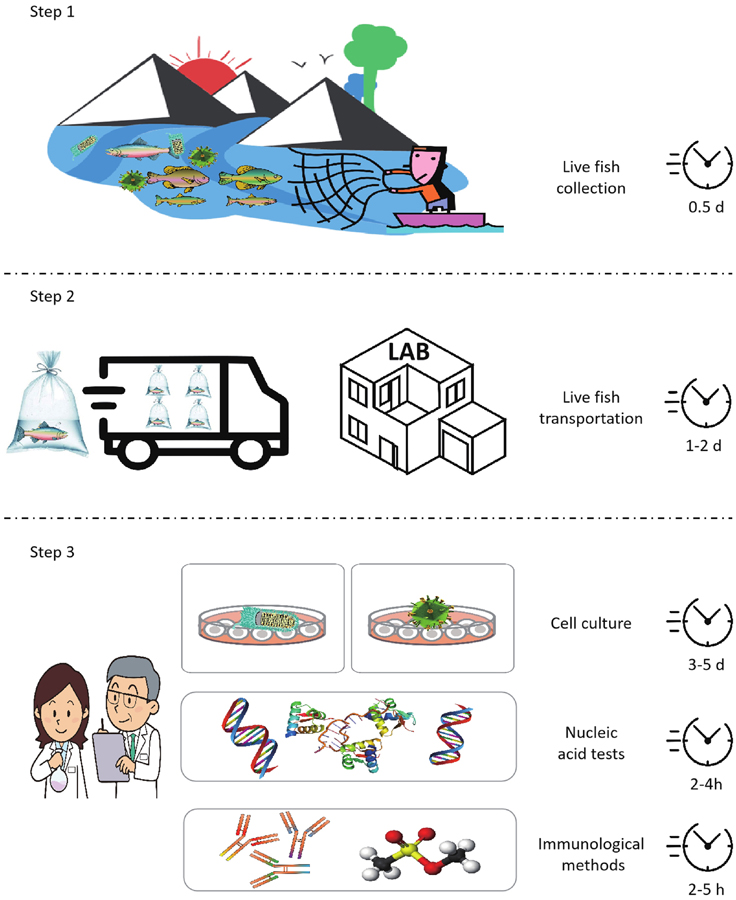[1] M C Bianchi, F Chopin, T Farme et al. FAO: the state of world fisheries and aquaculture. Rome, Italy: Food and Agriculture Organization of the United Nations(2014).
[2] M Crane, A Hyatt. Viruses of fish: An overview of significant pathogens. Viruses, 3, 2025(2011).
[8] N Bhalla, P Jolly, N Formisano et al. Introduction to biosensors. Essays Biochem, 60, 1(2016).
[15] WOAH. Infection with infectious haematopoietic necrosis virus. Manual of Diagnostic Tests for Aquatic Animals, 2021, chapter 2.3.5
[33] A Cuenca, N Vendramin, N J Olesen. Analytical validation of one-step realtime RT-PCR for detection of infectious hematopoietic necrosis virus (IHNV). Bull Eur Ass Fish Pathol, 40, 261(2020).




